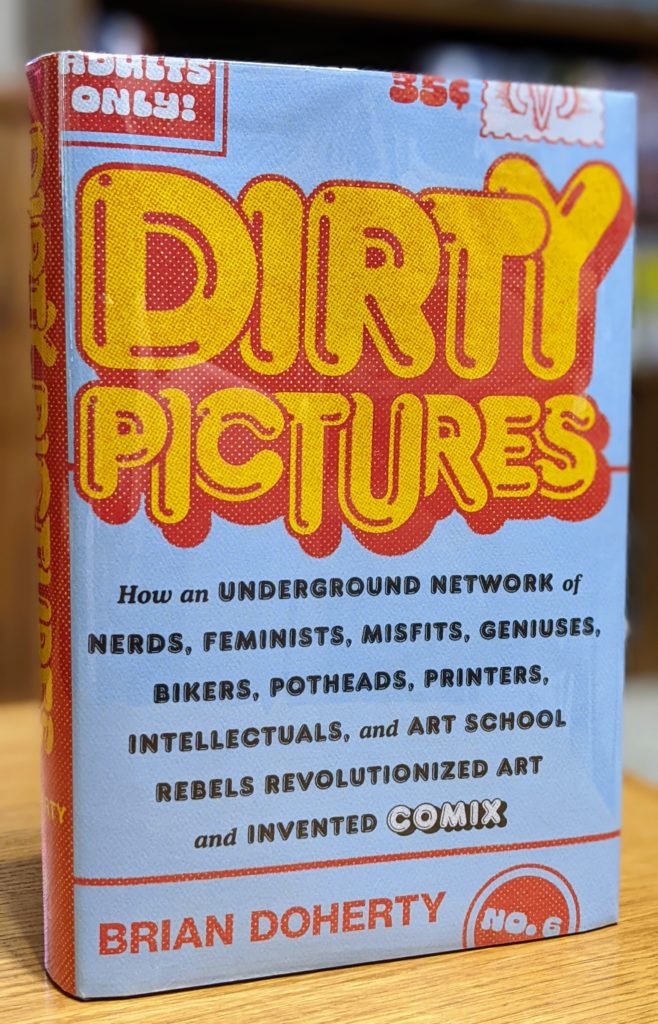
A COMPLETE NARRATIVE HISTORY OF THE WEIRD AND WONDERFUL WORLD OF UNDERGROUND COMIX
In the 1950s, comics meant POW! BAM! superheroes, family-friendly gags, and Sunday funnies, but in the 1960s, inspired by these strips and the satire of MAD magazine, a new generation of creators set out to subvert the medium, and with it, American culture.
Their “comix,” spelled that way to distinguish the work from their dime-store contemporaries, presented tales of taboo sex, casual drug use, and a transgressive view of society. Embraced by hippies and legions of future creatives, this subgenre of comic books and strips was printed on out-of-date machinery, published in zines and underground newspapers, and distributed in head shops, in porno stores, and on street corners. Comix often ran afoul of the law, but that would not stop them from casting cultural ripples for decades to come, eventually moving the entire comics form beyond the gutter and into fine-art galleries.
Author Brian Doherty weaves together the stories of R. Crumb, Art Spiegelman, Trina Robbins, Spain Rodriguez, Harvey Pekar, and Howard Cruse, among many others, detailing the complete narrative history of this movement that came to define “cool.” Via dozens of new interviews and archival research, Doherty chronicles the scenes that sprang up around the country in the 1960s and ’70s and the rivalries, ideological battles, and conflicts that flourished. Beginning with the artists’ origin stories and following them through successes, including Spiegelman’s Pulitzer Prize winning Maus and the feminist collective Wimmen’s Comix, and through strife, from S. Clay Wilson’s spiral into alcoholism to Disney’s war on the Air Pirates comix collective to Crumb’s uneasy relationship with success as social mores turned against his often-shocking use of sexual and racial imagery, and concluding with an examination of these creators’ legacies, Dirty Pictures is the essential exploration of a truly American art form that recontextualized the way people thought about war, race, sex, gender, and expression.
Source: Amazon.com